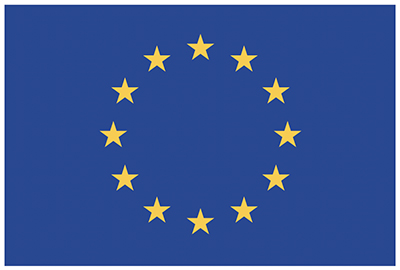In two previous pieces from the October 2021 and January 2022 issues of Open Access Government, we have elaborated on how to extend the ATTRACT experiment into a sustainable tool for accelerating breakthrough innovation across Europe
Our points of discussion focussed on:
- What key elements are necessary to consider for sustainably integrating ATTRACT into the EIC?
- What key elements are necessary for transferring the ATTRACT funding model to grant-based national funding schemes?
- How could ATTRACT in both cases create entry points for public and private investment?
We have concluded that the current governance of ATTRACT, which is designed for transparency, a minimal level of complexity and yet able to take and implement decisions rapidly and efficiently, is a flexible tool that can be adapted to wider contexts, from the pan-European level to specific national contexts.
After having discussed the integration of ATTRACT into the EIC, we now examine its integration in national innovation programs.
Translation of the ATTRACT funding mechanism to national level
Since national funding programmes are extremely diverse, we consider only a generic case and the working hypothesis of the ATTRACT full national implementation in terms of governance and funding dynamics.

Integration of the ATTRACT governing structure
The main potential recommendations are offered and outlined as follows:
- Maintaining the structure of the current governance of ATTRACT to avoid complexity and to be able to take and implement decisions in a rapid and efficient way.
- The PCB, IC and PAC should be adapted for being composed by National funding agencies’ representatives and/or representatives at the Ministry level as well as, if relevant, representatives of the private investment sector.
- National funding agencies members of personnel should take the role of the PAO.
- It would be desirable to establish links with ATTRACT and the EIC, with the aim of aligning the different R&D&I agendas. Therefore, it would be convenient to designate a liaison representative and to ensure that the flow of information is timely and relevant as well as to maintain periodic meetings for the alignment of goals.
- It would be also desirable to establish cooperation and coordination mechanisms involving running programmes such as EUREKA and Eurostars, especially because the considerations explained in the previous articles.
Funding dynamics
It could be expected that the funding dynamics develops in a very similar fashion to the one considered for the EIC case. The funding dynamics is summarized in Figure 1.
This starts by the launching of calls under the ATTRACT label, according to the ATTRACT Phase 1 scheme. The projects selected by the IC run according to the ATTRACT Phase 1 timeline. Subsequently, the IC then performs a second selection among the funded projects, identifying those opportunities worth receiving a new round of funding according the ATTRACT Phase 2 scheme.
This type of implementation imports the benefit of the ATTRACT operational philosophy inside the National funding agencies but, at the same time, it could bring other key extra elements.
We outline here three of them as examples:
- The potential of enhancing the breakthrough competitiveness of existing specialized innovation clusters at national or regional level (e.g. automotive sector, ICT, aeronautics, etc).
- The possibility of enhancing the competitiveness of innovation structures such as incubators and/or accelerators linked to technology clusters and/or universities or technology parks.
- The possibility of developing breakthrough technology clusters around National Research Infrastructures and therefore increasing the pool of tier suppliers.
These and other enabling opportunities ultimately offer better possibilities and prospects to retain nationally young talent. Moreover, they provide direct and indirect development opportunities, especially at the regional level.
Entry points for private funding
On a national level, the entry points for private investment generated by the ATTRACT initiative would be similar as the ones considered before. Here, there would be a potential advantage: generally speaking, national, regional and/or local private investors are more accessible. This is because they are linked to, or in contact with, umbrella organizations such as the National Chamber of Commerce or innovation clusters such as National Technology Parks.
In a similar way as in the EIC case, figure 1 depicts the different pathways.
Pathway 1: This path could be followed by those projects that are not considered for funding in ATTRACT National Phase 2. For example, either because they already have received the funding commitment from private investors or because they will directly consider opting for funding by applying to the EIC Accelerator.
Pathway 2: It could be followed by those projects finishing successfully ATTRACT National Phases 1 and 2. In this case, the SMEs involved could consider the EIC Accelerator funding or receiving private funding from other sources. As well, private funding sources for the whole project could constitute an option.
In summary, we believe that the ATTRACT scheme offers unique opportunities as a flexible and yet coherent tool to accelerate breakthrough innovation in Europe.
In a final article in the next issue of OAG we will draw some concluding considerations on ATTRACT as a funding experiment for innovation and its long term sustainability.
Your comments will be of utmost importance for that.

ATTRACT has received funding from the European Union’s HORIZON 2020 Research programme under the Grant Agreement no. 777222.
*Please note: This is a commercial profile
© 2019. This work is licensed under CC-BY-NC-ND.











